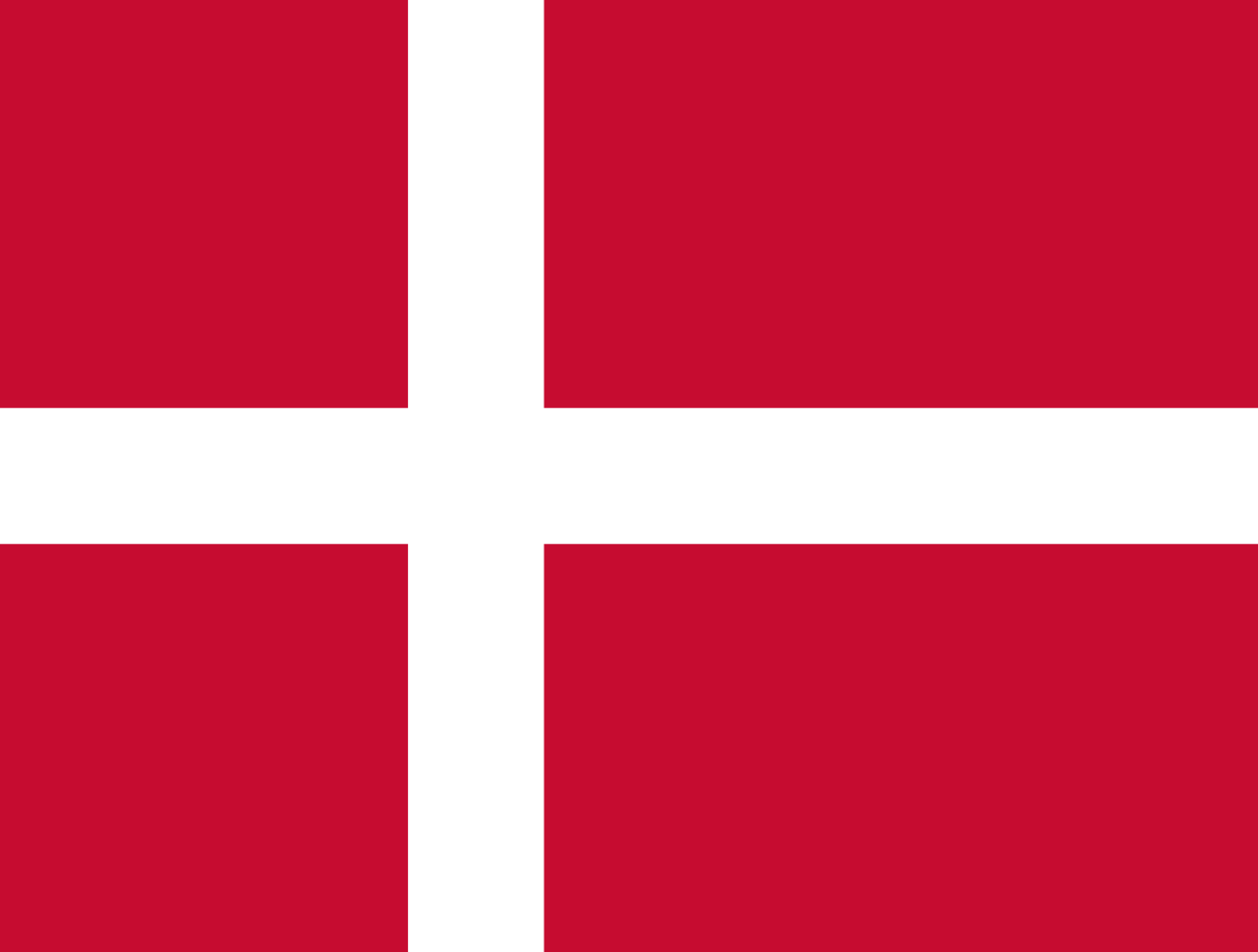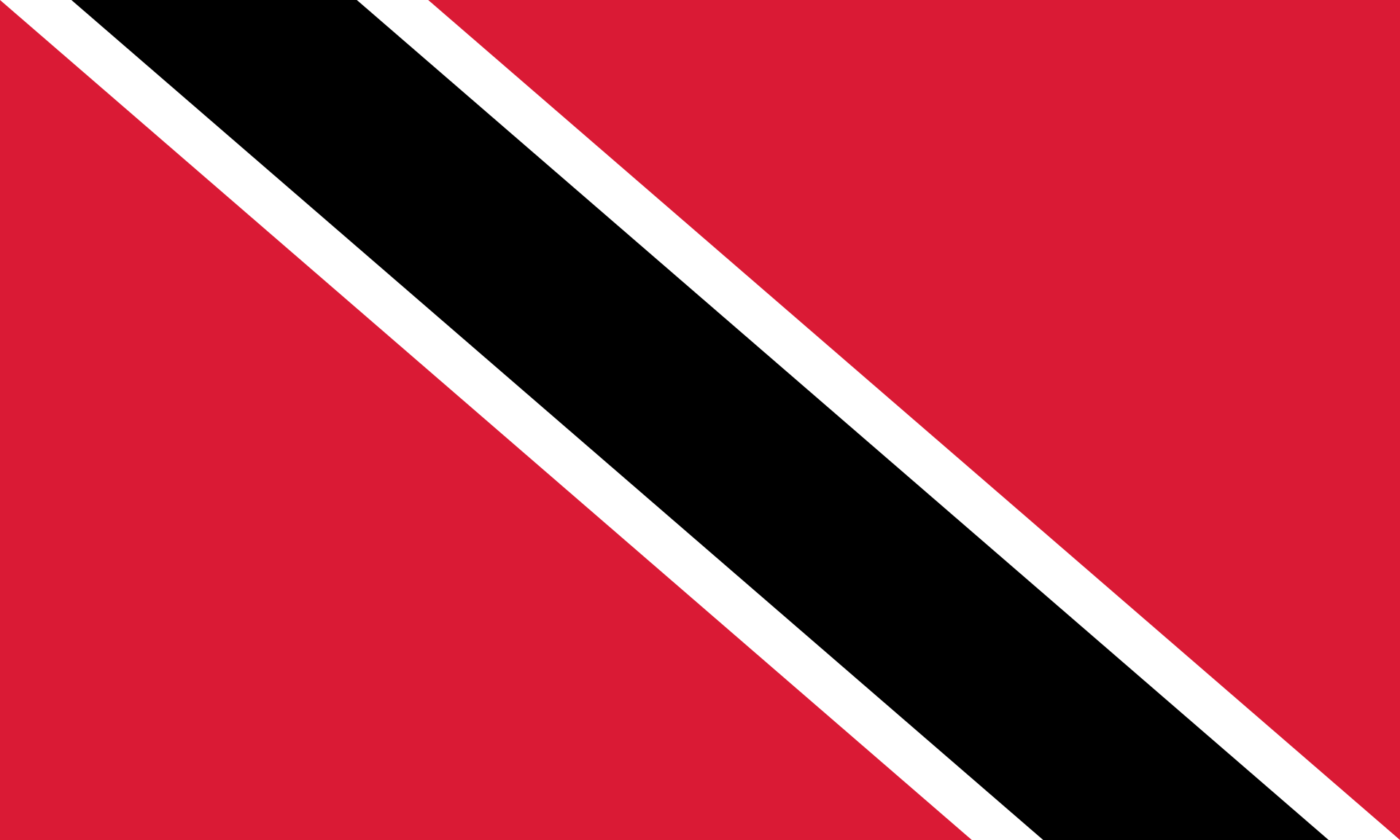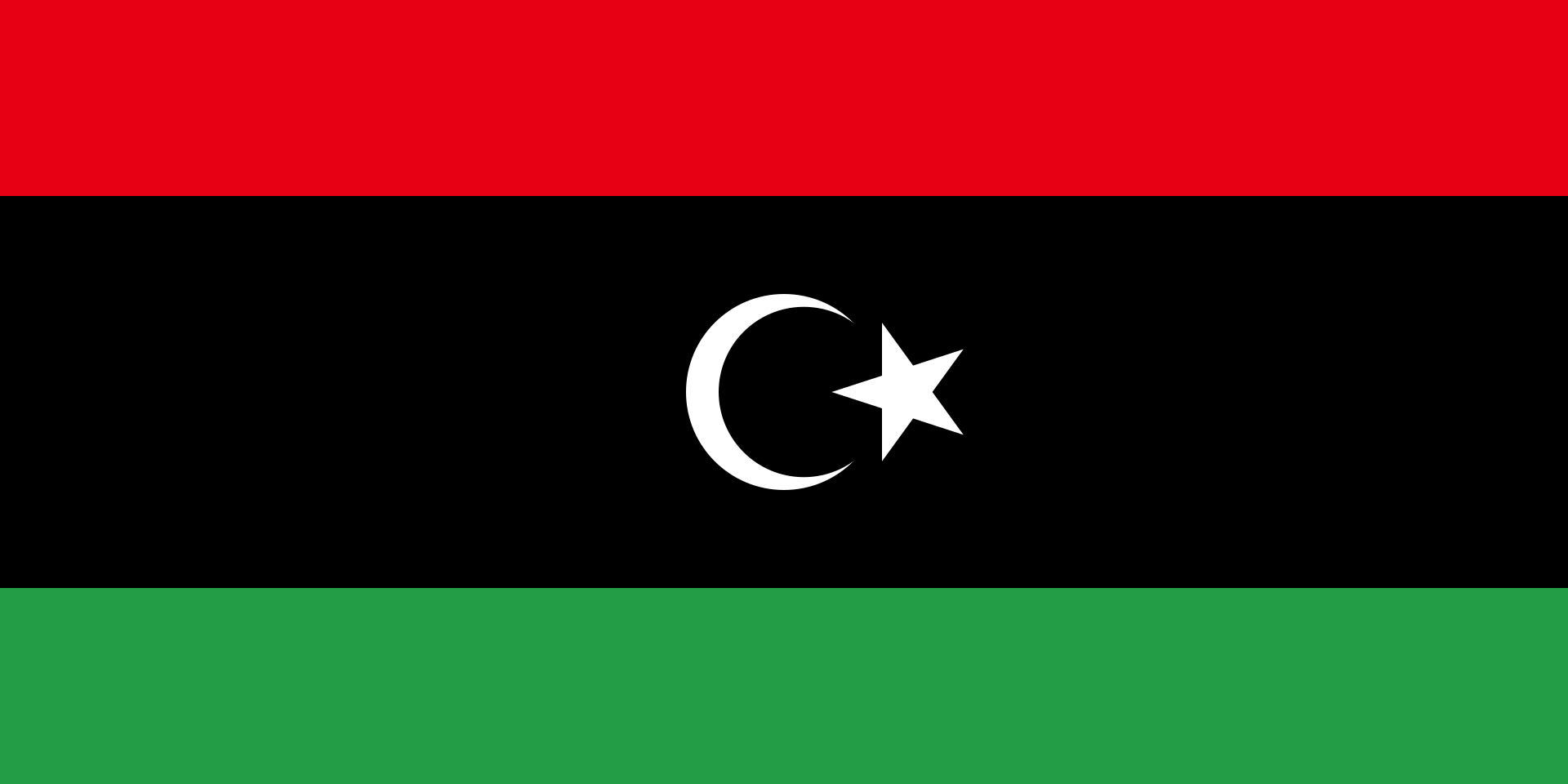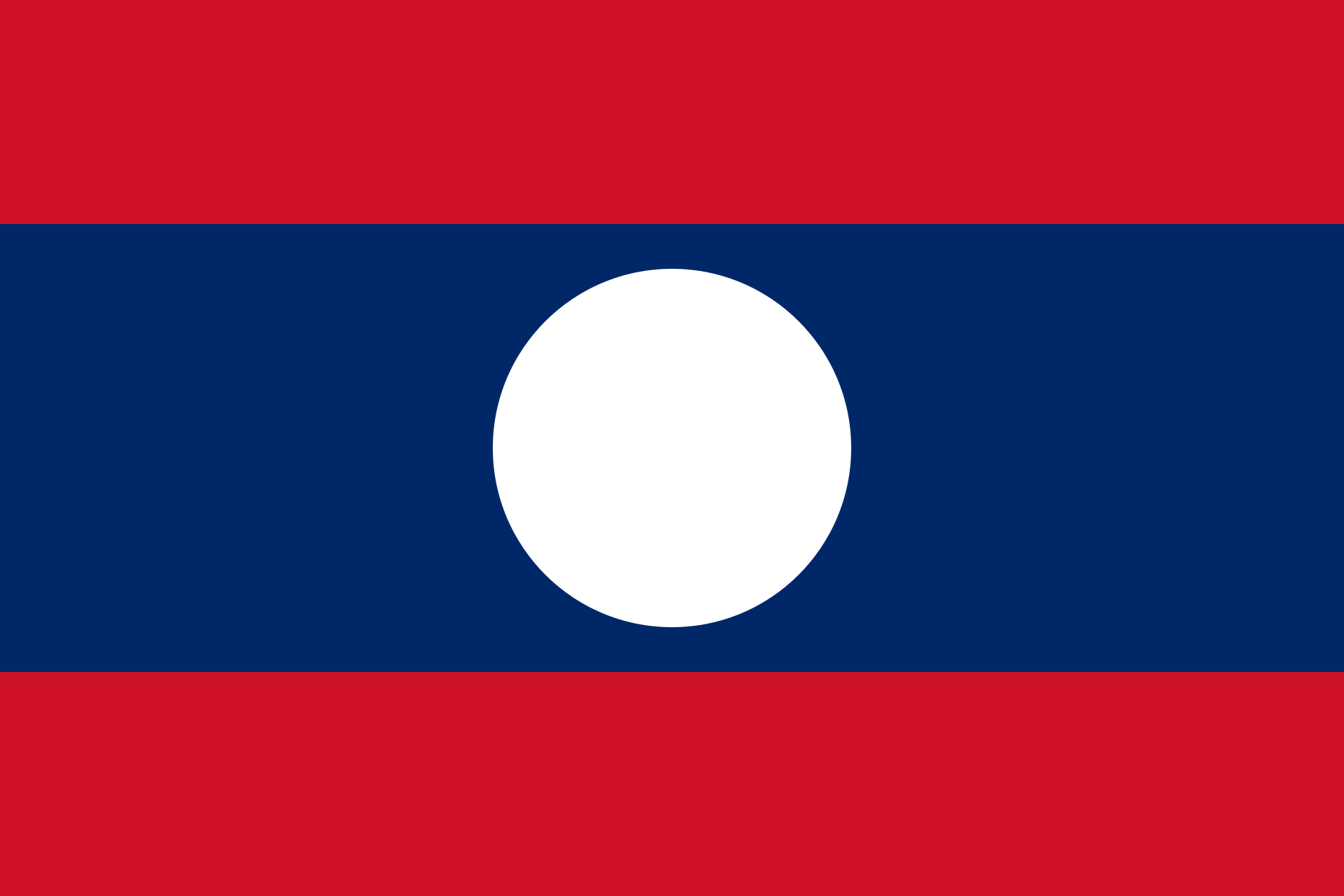Population
5,850,189
Last updated:
1 NovArea
42,933 km2
Last updated:
1 NovCurrency
Danish krone (DKK)
Last updated:
1 NovOfficial Language
Danish
Last updated:
1 NovPhone code number
+45
Last updated:
1 NovInternet TLD
dk
Last updated:
1 NovAverage monthly salary
6,400 $
Last updated:
1 NovTotal millionaires
306,823 persons
Last updated:
1 NovTotal billionaires
8 persons
Last updated:
1 NovMilitary power
Passport rank
4
Last updated:
1 NovVisa free
188 country
Last updated:
1 NovReligions in Denmark
75.8% Christianity
*74.3% Church of Denmark
*1.5% Other Christian
19.1% No religion
4.4% Islam
0.7% Others
Info about Denmark (History)
Denmark is the Nordic country of Northern Europe. It is the most populous and politically central component of the Kingdom of Denmark and is a constitutionally unitary state, including the Faroe Islands of the North Atlantic and the Autonomous Region of Greenland. Denmark in Europe is the southernmost part of Scandinavian countries, located southwest of Sweden, south of Norway and north of Germany. The archipelago of the Jutland Peninsula and the 443 named islands, the largest of which are Jutland, Funen and Northern Jutland. Denmark's geography is characterized by flat, arable land, sandy beaches, low altitudes and a warm climate. With a total area of 42,943 km2 (16,580 square miles) and a population of 5.86 million (as of 2021), 800,000 of them live in the capital Copenhagen.
The unified kingdom of Denmark emerged as a skilled maritime power in the 8th century in the struggle for control of the Baltic Sea. In 1397, he joined Norway and Sweden to form the Kalmar Union, which continued until the separation of the Kalmar Union in 1523. The rest of the Kingdom of Denmark – Norway survived until 1814. After the 17th century, the territory was abandoned by several wars with the Swedish Empire, and after the Napoleonic Wars, Denmark was absorbed by Sweden while maintaining the Faroe Islands, Greenland and Iceland. .. Although the Duchy of Schleswig was defeated by Prussia as a result of the Second Schleswig War of 1864, the surge of national movements in the 19th century was defeated in the First Schleswig War. Denmark remained neutral during World War I, but regained the northern half of Schleswig in 1920. In April 1940, the Danish anti-Nazi movement was active from 1943 to May 1945, when Germany surrendered, while the German invasion led to short military skirmishes. Denmark produced agricultural products in the late 19th century and introduced social and labor market reforms in the early 20th century, laying the foundation for the current welfare state model with a highly developed mixed economy.
The Danish Constitution was signed on June 5, 1849, ending the absolute monarchy that began in 1660. The constitutional monarchy was organized as parliamentary democracy. The government and parliament are located in Copenhagen, the capital, largest city and major commercial center of the country. Denmark exercises hegemonic influence on Danish territory and delegates authority to handle domestic affairs. Home rule was established in the Faroe Islands in 1948 and in Greenland in 1979. The latter gained further autonomy in 2009. In 1973, Denmark, along with Greenland, became a member of the current European Union in 1973, rather than the Faroe Islands, but negotiated certain opt-outs, such as holding its own currency. Krone.
A highly developed country, Denmark enjoys a high standard of living, performing at or near the top in terms of education, health care, civil freedom, democratic governance and LGBT equality. Denmark is a founding member of NATO, the Nordic Council, the OECD, the OSCE, and the United Nations. It is also part of the Schengen area. Maintaining close political, cultural and linguistic relations with Scandinavian neighbors, Danish is partially mutual intelligible with both Norwegian and Swedish.
Important information about Denmark
1- What is the population of Denmark?
answer: The total population of Denmark is 5,850,189 in 2021.
2- Who is the president of Denmark?
answer: Margrethe II is the current president of Denmark.
3- What is the area of Denmark?
answer: The total area of Denmark is 42,933 km2 .
4- What is the official language of Denmark?
answer: The official language of Denmark is Danish .
5- What is the currency of Denmark?
answer: The currency of Denmark is Danish krone (DKK) .
6- How much is the average salary in Denmark?
answer: The average salary in Denmark is 6400$ in 2021.
7- What is the passport rank of Denmark?
answer: The passport rank of Denmark is 4 in 2021.
8- How many countries we can travel with passport of Denmark without visa?
answer: You can travel to 188 countries with passport of Denmark .
9- What is the phone number code of Denmark?
answer: The phone number code of Denmark is +45 .
10- What is internet TLD of Denmark?
answer: The internet TLD of Denmark is dk
11- How many billionaires are in Denmark?
answer: The total number of billionaires in Denmark is " 8 person" in 2021.
12- How many millionaires are in Denmark?
answer: The total number of millionaires in Denmark is " 306,823 person" in 2021.





